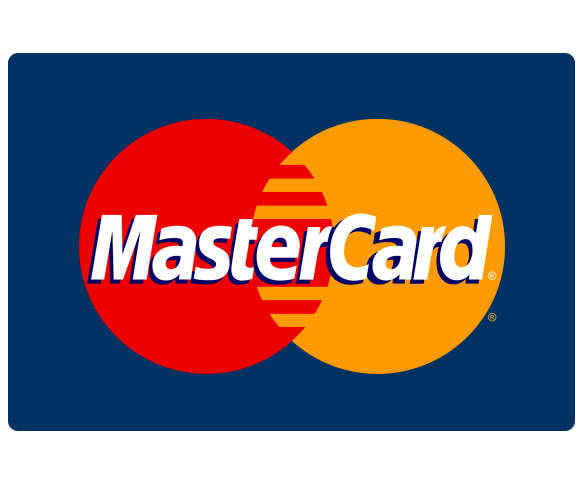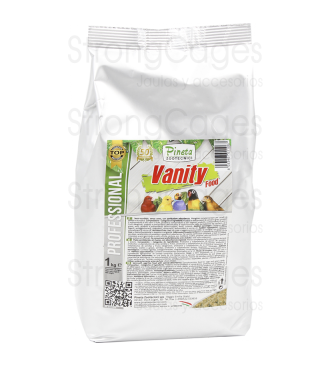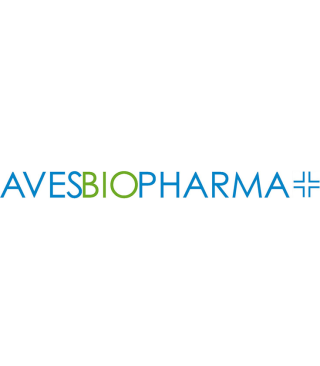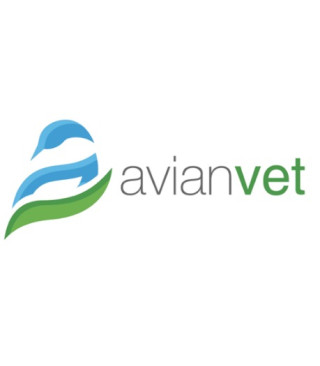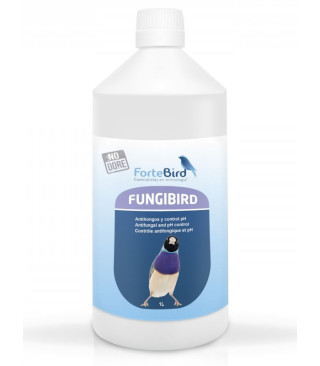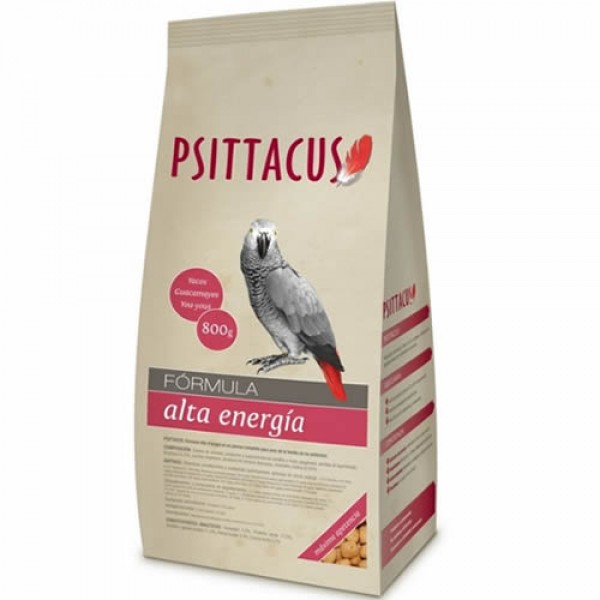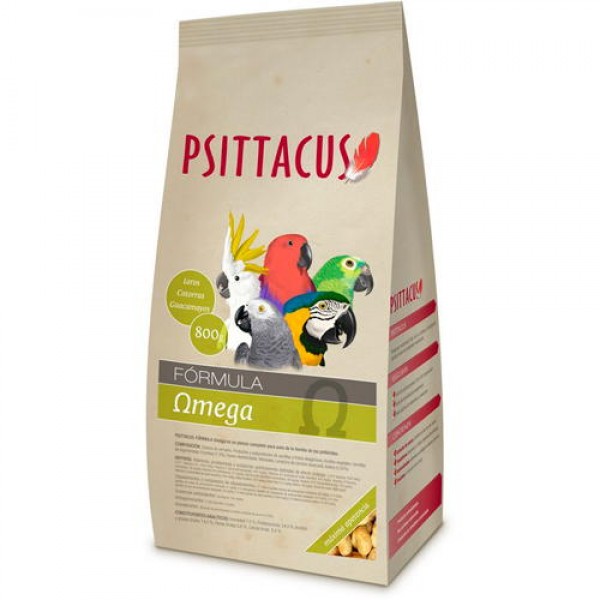
Psittacus Omega Pienso de transición para todas las aves
17.15€
Psittacus Omega Pienso de transición para todas las aves
- Availability: In Stock
- Brands Psittacus
- Model 4539
- Reward Points: 11
17.15€
Available Options
Entrega gratuita para pedidos superiores de 50€ (España Peninsular)
Elije tu forma de pagar
